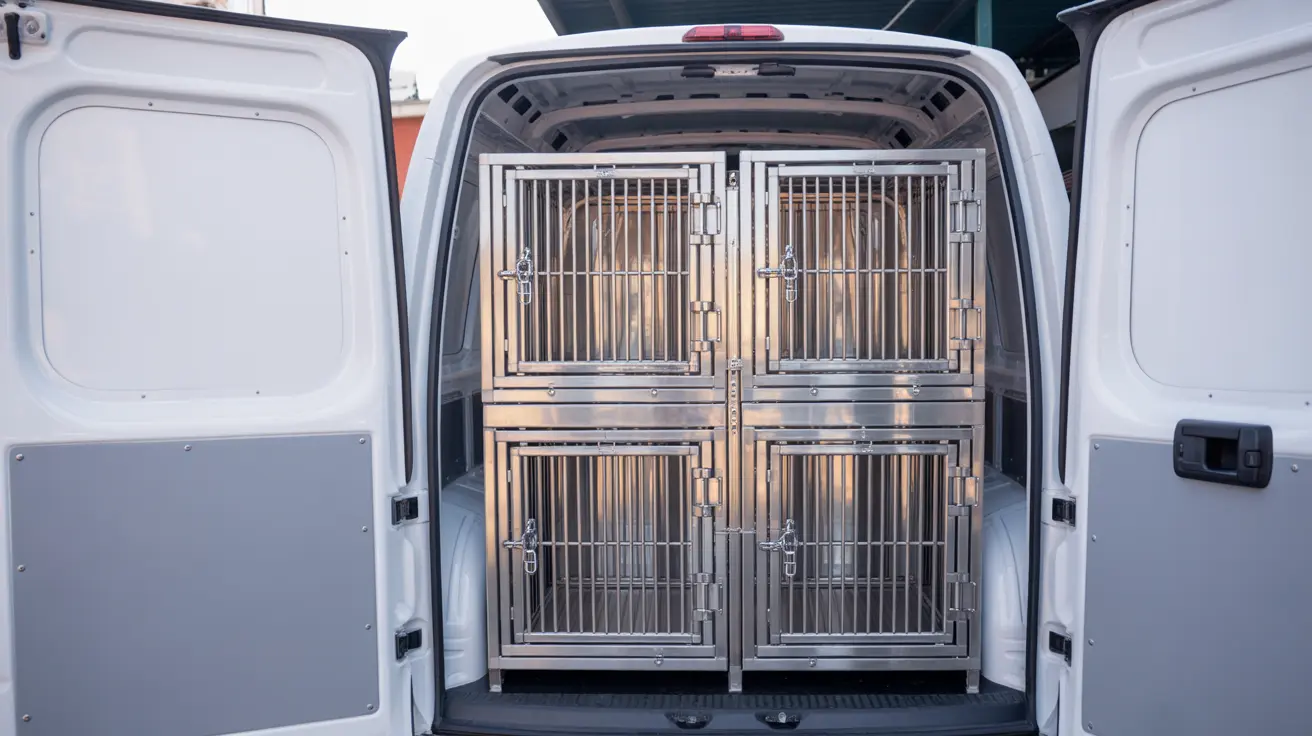Understanding What Dog Vulvar Dermatitis Looks Like
Dog vulvar dermatitis is a relatively common yet often overlooked condition that affects the skin surrounding a female dog's vulva. It can lead to discomfort, infections, and more serious health problems if not properly diagnosed and treated. Understanding what vulvar dermatitis looks like and what symptoms to watch for can help pet owners take timely action to relieve their dog’s pain and prevent future issues.
What Is Vulvar Dermatitis in Dogs?
Vulvar dermatitis is the inflammation and irritation of the skin around the vulva. This condition can be triggered by various underlying causes, such as bacterial or yeast infections, anatomical abnormalities, allergies, poor hygiene, or obesity. Early detection is key to preventing complications and ensuring your dog’s comfort and health.
What Does Dog Vulvar Dermatitis Look Like?
Dog vulvar dermatitis often presents with noticeable signs that indicate discomfort or infection. Keep an eye out for these visible clues:
- Redness and Inflammation: The skin around the vulva may appear bright red and swollen.
- Discharge: A cloudy, yellowish, or green discharge might be present, indicating infection.
- Moist or Oozy Skin: The affected area could be moist from licking or weeping lesions.
- Licking or Chewing: Excessive licking or biting at the area is common and may worsen the inflammation.
- Foul Odor: A strong, unpleasant smell may accompany the condition, often due to infection.
- Rashes or Bumps: The skin may have raised bumps, scabs, or a rash-like appearance.
Common Causes of Vulvar Dermatitis
Understanding the root causes can help in managing and preventing vulvar dermatitis:
- Skin Fold Dermatitis: Dogs with excessive skin folds near the vulva, especially overweight or brachycephalic breeds, can develop dermatitis due to moisture and lack of airflow between the folds.
- Urinary Infections: Bacteria from urinary infections can irritate the surrounding vulvar tissue.
- Allergic Reactions: Environmental or food allergies may manifest as skin flare-ups around the vulva.
- Poor Hygiene: Dirt, fecal matter, or urine residues can cause irritation.
- Hormonal Imbalances: Hormonal shifts, particularly in spayed females, might alter the vulvar tissue, predisposing dogs to dermatitis.
Breeds and Dogs at Higher Risk
Not all dogs are equally at risk. Factors that increase susceptibility include:
- Obesity: Heavier dogs may develop more skin folds around the vulva, trapping moisture and bacteria.
- Anatomical Conformation: Dogs with recessed vulvas (also known as juvenile or hooded vulvas) are more prone to chronic dermatitis.
- Spayed Females: After spaying, lack of estrogen may cause atrophy of vulvar tissues, leading to dryness and sensitivity.
Diagnosis and Veterinary Care
If you suspect your dog has vulvar dermatitis, a trip to the vet is essential. Diagnosis typically includes:
- Physical Examination: A visual check of the vulva and surrounding skin.
- Urinalysis: To rule out or confirm a urinary tract infection.
- Skin Swabs: These help identify any bacterial or fungal infections present.
Treatment Options
Treatment depends on the underlying cause but may include:
- Topical Treatments: Antibacterial or antifungal creams soothe inflammation and control infections.
- Antibiotics: Oral antibiotics may be prescribed for more serious bacterial infections.
- Cleaning Regimen: Gentle daily cleansing with veterinarian-approved solutions helps manage and prevent irritation.
- Surgical Correction: In severe recurrent cases, surgery to correct the vulvar anatomy might be recommended.
Home Care and Prevention
You can also take steps at home to support your dog’s health:
- Regular Grooming: Keep the vulvar area clean and dry, especially after urination.
- Monitor for Symptoms: Check for signs of redness, discharge, or abnormal behavior.
- Proper Diet and Weight Management: Maintaining a healthy weight helps minimize skin folds and infections.
- Use Non-Irritating Products: Avoid harsh soaps or grooming sprays that could irritate the sensitive skin near the vulva.
When to Contact a Veterinarian
If your dog shows persistent signs of discomfort, such as licking, scooting, or visible skin changes near the vulva, contact your vet. Early treatment can relieve discomfort and prevent complications like chronic infections or deeper skin damage.
Conclusion
Dog vulvar dermatitis is often uncomfortable for your pet but entirely manageable with early identification and the right care. Knowing what it looks like—redness, swelling, discharge, odor, and excessive licking—can help you act quickly and ensure your dog stays healthy and happy.





